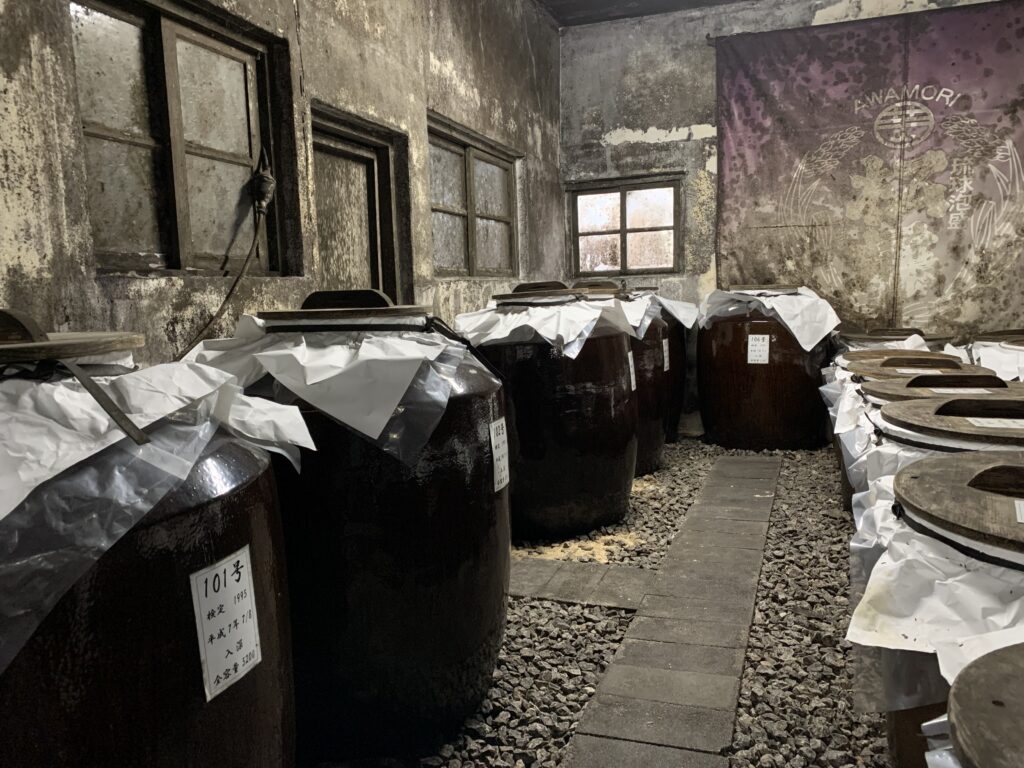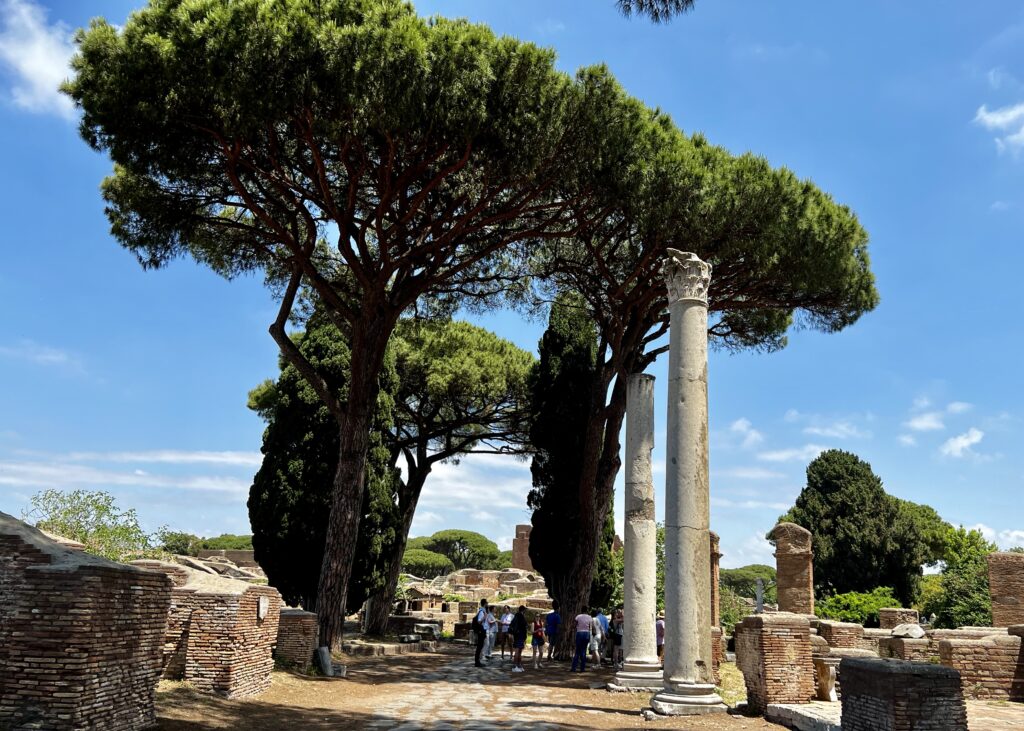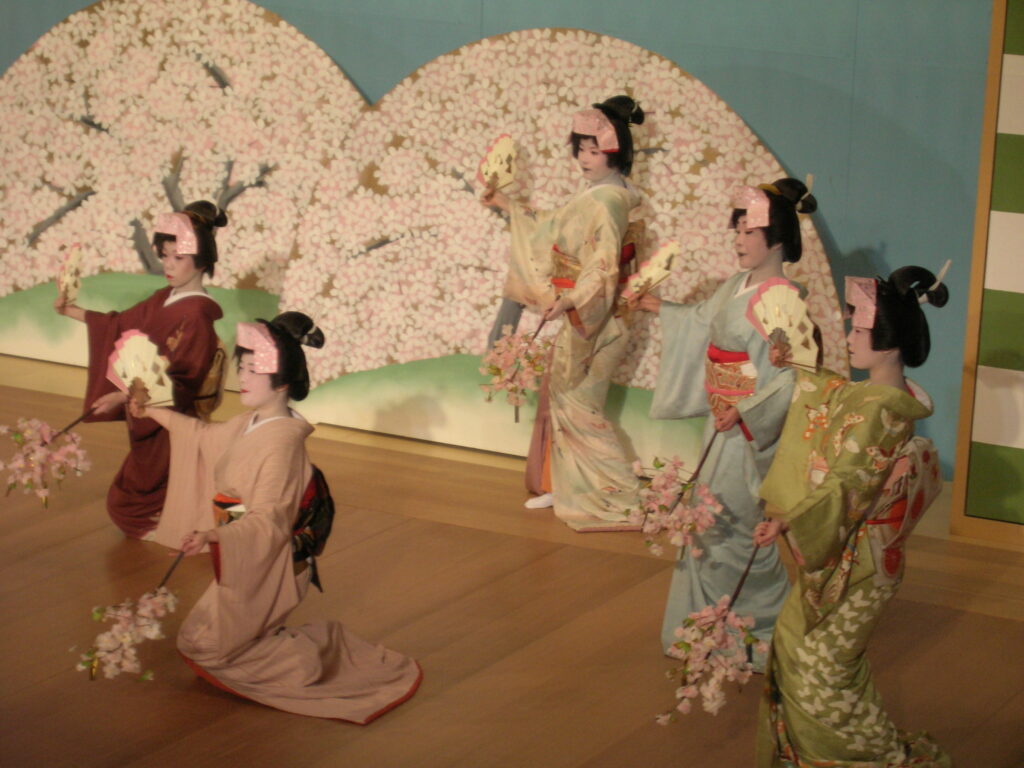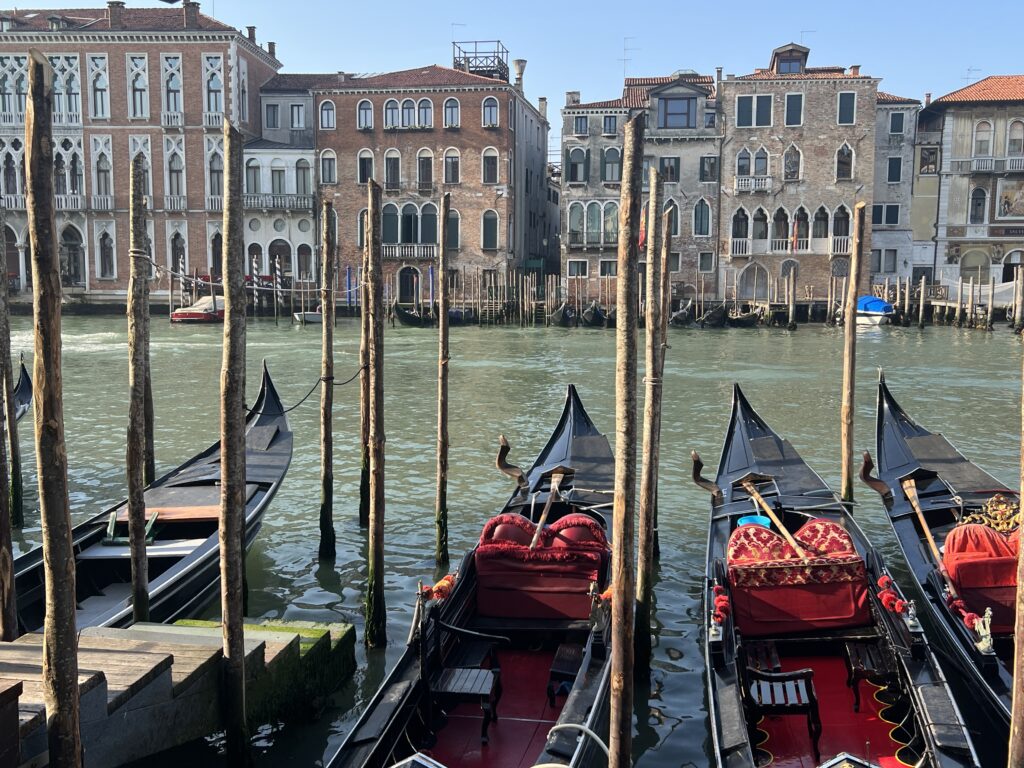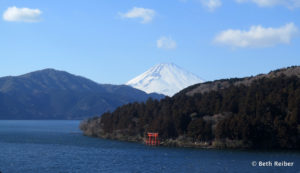I don’t remember much about my first visit to Granada as a year-abroad college student on a rail-pass trek around Europe. But I do remember the grizzled older man at the train station who convinced my friend and me to stay at his modest pension. It was rock-bottom. Torn newspaper filled in as toilet paper. A tank on the roof, heated by the sun, provided warm water for the communal shower. Our room looked like it was once part of the courtyard stables. The Alhambra, of course, was a million steps up from where we were staying. But finding mention of Federico García Lorca in Granada would have been impossible.
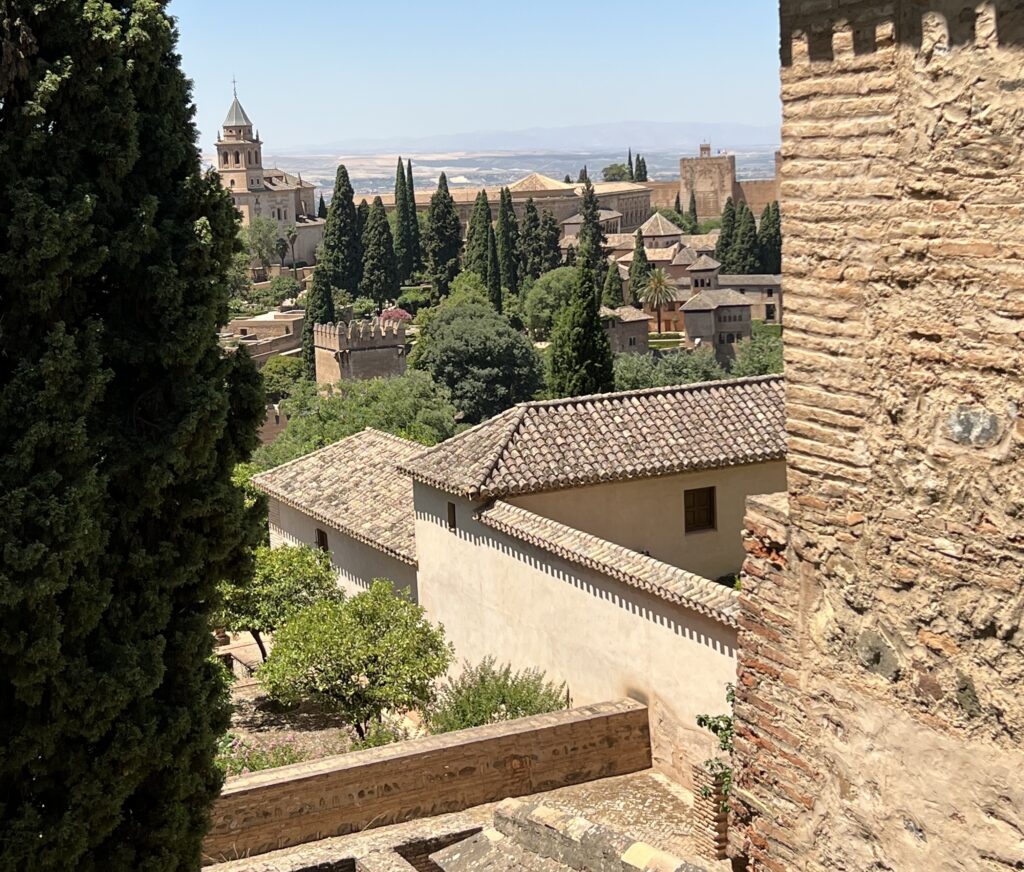
Victims of Francisco Franco’s military regime
Federico García Lorca is the world’s foremost Spanish poet, despite the fact that his life was cut short by fascist militarists when he was only 38. Born in a nearby Andalusian village in 1898 and spending his formative years in Granada, García Lorca was executed by Franco’s Nationalist forces in 1936 in a ravine outside the city. The fact that García Lorca was charismatic, successful, good-looking and gay might have been reasons enough to make enemies among the right wing. But he wasn’t the only one. Pro-Franco fascists murdered as many as 5,000 fellow citizens in and around Granada, and they came from all walks of life–teachers, politicians, doctors, lawyers, workers, bullfighters, mothers, sons.
My first visit to Granada occurred near the end of Franco’s dictatorship, when all mention of those killed and where they were buried was repressed. There was, therefore, no Federico García Lorca Granada Airport. No statue of him on Boulevard Avenida de la Constitución. No home he had lived in that you could visit. Throughout Spain, more than 100,000 people were murdered and hastily buried during the three-year Spanish Civil War.
Granada after Franco
It was only after Franco’s death, in November 1975, that Spain began to emerge from the darkness and nightmare of a dictatorship. That’s a long time. Bodies are still being exhumed. Relatives are still searching for answers about their deceased loved ones.
Federico García Lorca’s body has never been found. Only after the fear of retaliation was gone were places associated with his life, including his birthplace and family homes, able to celebrate his existence and open up to the public.
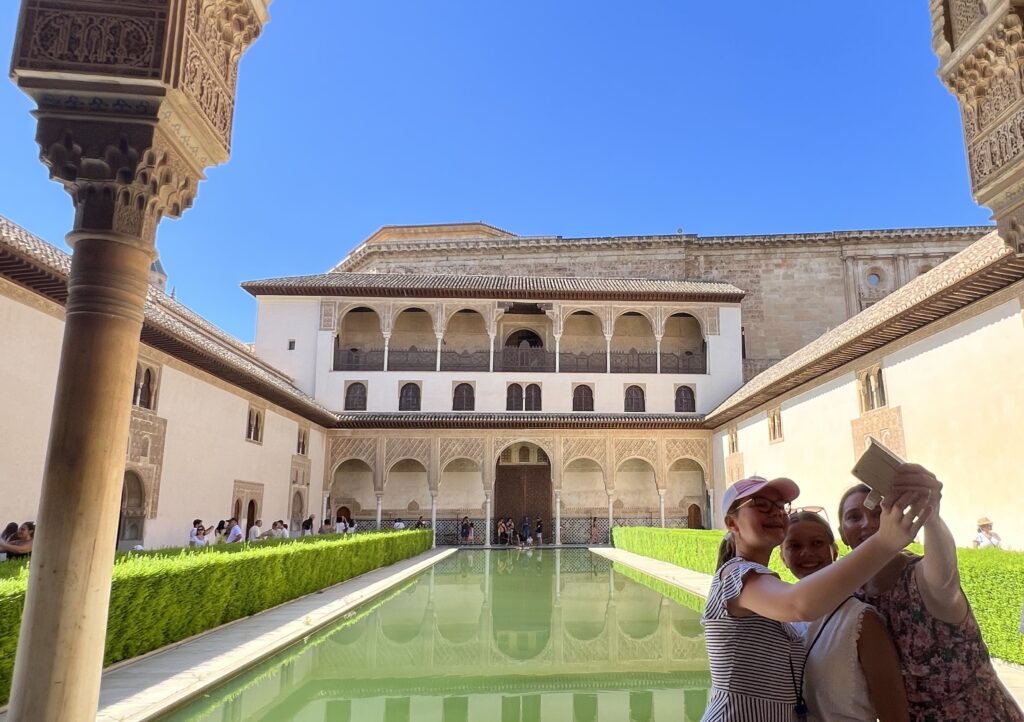
Today, most visitors flock to Granada to see the Alhambra, a magnificent medieval fortified palace built by the Moors. But Spanish speakers around the world are also likely to know about García Lorca in Granada. By visiting the many places associated with Spain’s most famous poet, I, too, learned much about the man and saw sides of Granada rarely seen. And it’s not that hard to do, even if you don’t know Spanish. Universo Lorca is a wonderful resource that does a thorough job introducing the places where he lived, where he wrote, where he gained inspiration and where he was murdered.
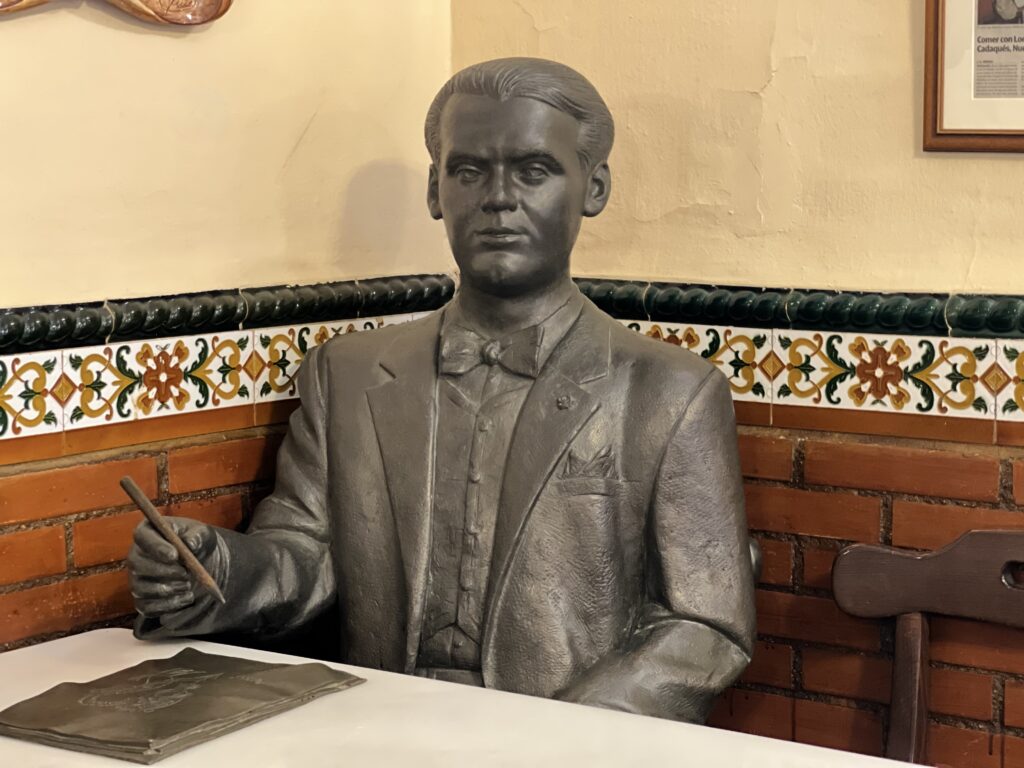
Finding Federico García Lorca in Granada
I and my travel companion, who happens to be a foremost expert on Federico García Lorca (lucky me!), spent two weeks searching for García Lorca in Granada. Our first foray into the countryside was to La Vega, a flat, fertile plain with villages where García Lorca was born and where his family subsequently lived.
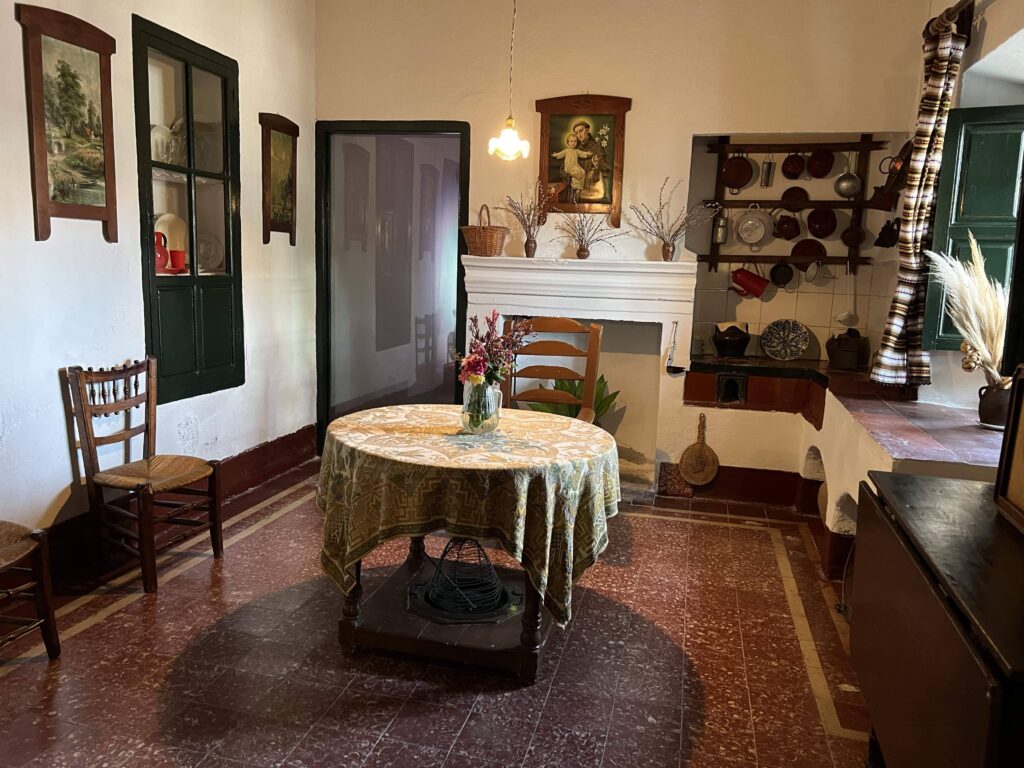
We hunted down statues and likenesses of the poet, on Boulevard Avenida de la Constitución, in Restaurante Chikito where García Lorca met fellow writers and artists, and in the former home of the Rosales family, now a hotel and where Lorca was arrested by a paramilitary squad.
We visited the hilltop home of García Lorca’s friend Manuel de Falla and the country house where the Lorca family enjoyed summers the last 10 years of Federico’s life. We wandered through the medieval neighborhoods of Albaicín and Sacramonte. We saw flamenco performances associated with García Lorca and attended a music performance by a musician who has rendered Lorca’s poems into musical compositions.
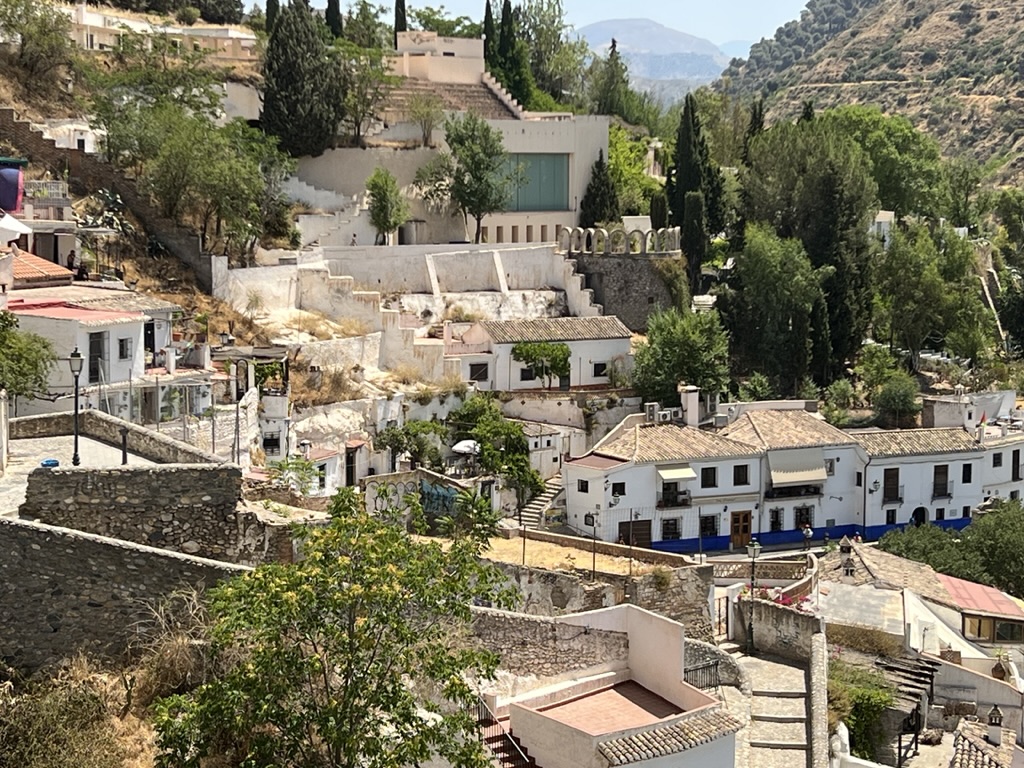
We ended our search for García Lorca in Granada in the hill towns and ravines where Lorca and fellow citizens were killed. Our mood was somber and subdued. By that time the poet was more to me than just a page from the past. I had seen his cradle, his piano and the rooms where he had written plays and poetry. I had followed in his footsteps all over town. I wondered whether meeting his death surrounded by nature–which always figured so greatly in his works–had provided some comfort. But imagining death by firing squad was too terrible to contemplate.
The fact that he lives on through his poetry and his words is a gift to all of us.
For more on Federico García Lorca’s life and places to visit in Granada, see my article The Land of Lorca in Granada, Spain at gonomad.com.
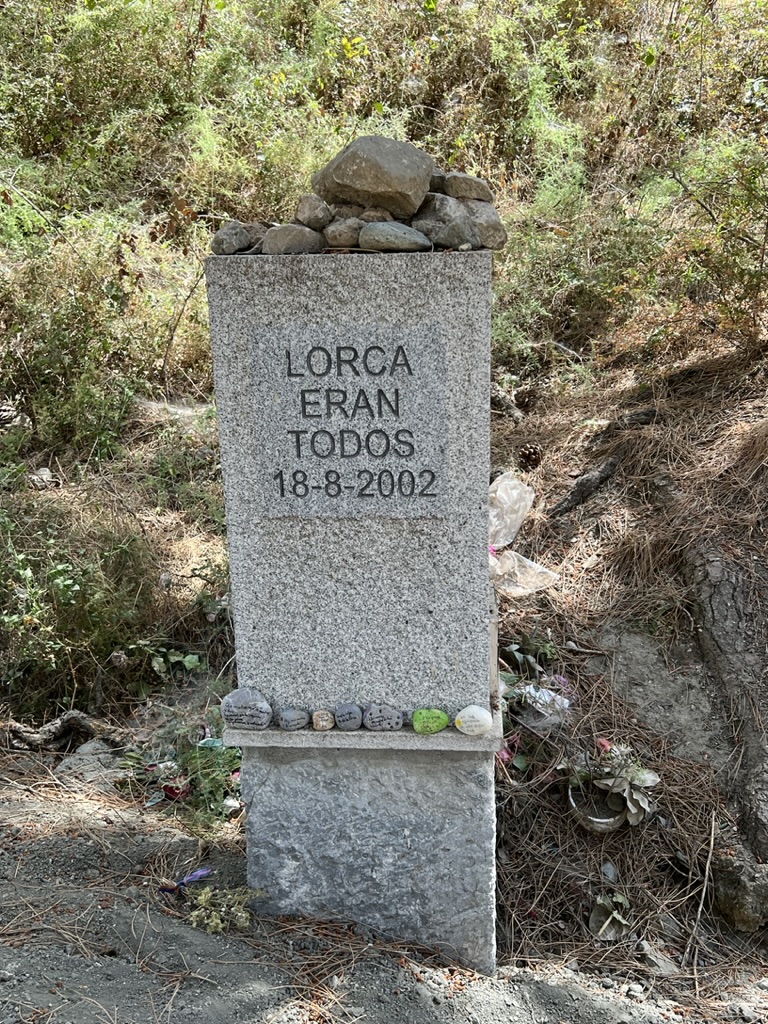
I wrote about Madrid some years ago, which you can see here.
